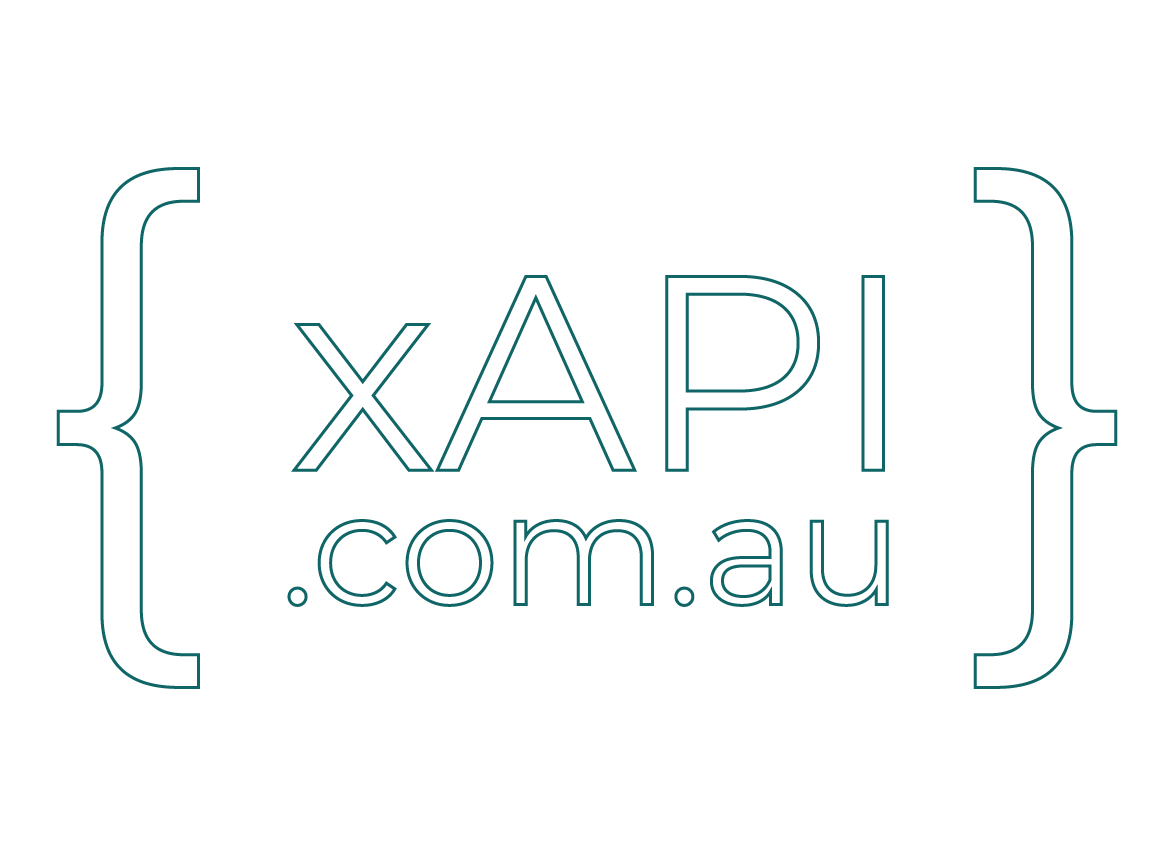
As I’m learning and experimenting with how I can pass xAPI data and start using AI to provide reports and predictions, I thought I would ask ChatGPT how it could explain the process to me using buckets. As some of you will know that I like to use buckets as analogies for explaining things (have a look at https://digitallearningsolutions.com.au/explaining-with-buckets-an-unusual-analogy-in-adult-learning/), and ChatGPT didn’t let me down.
This is what it came up with:
What is xAPI Data?
xAPI (Experience API) data is like a record of different activities that learners do. Imagine each activity is a small rock, and each learner collects these rocks in their own bucket. These activities could be things like completing a quiz, watching a video, or participating in a discussion.
Collecting Data
1. Learner Activities: As learners do different activities, they keep putting small rocks (activity records) into their buckets.
2. xAPI Statements: Each rock has a label on it that says what the activity was, when it happened, and how the learner performed. These labelled rocks are the xAPI statements.
Passing Data to the LLM
3. Data Gathering: We take all the rocks from each learner’s bucket and put them into a big container. This container holds all the xAPI data.
4. Data Processing: Before we can use this data, we need to sort and clean the rocks. This involves organizing them, removing any duplicates or irrelevant rocks, and making sure each rock is properly labelled.
Predicting Learner Progress
5. Training the Large Language Model (LLM): We show the LLM many different containers of sorted and labelled rocks (historical data from previous learners). The LLM learns patterns, like which types of rocks (activities) often lead to successful learning outcomes.
6. Making Predictions: For a new learner, we take their bucket of rocks and show it to the LLM. The LLM looks at the types and patterns of rocks in the bucket and compares them to what it learned from the other containers.
7. Outputting Predictions: Based on this comparison, the LLM can predict things like whether the learner is likely to complete a course successfully, where they might need extra help, or how engaged they are.
I thought this was pretty cool and helped understand the process a little better.
In Summary:
The buckets represent individual learners.
The rocks represent xAPI data points or activity records.
The Container is a large collection of rocks (xAPI data) from many learners.
And the LLM is the system that learns from the container and predicts outcomes based on new buckets of rocks.

